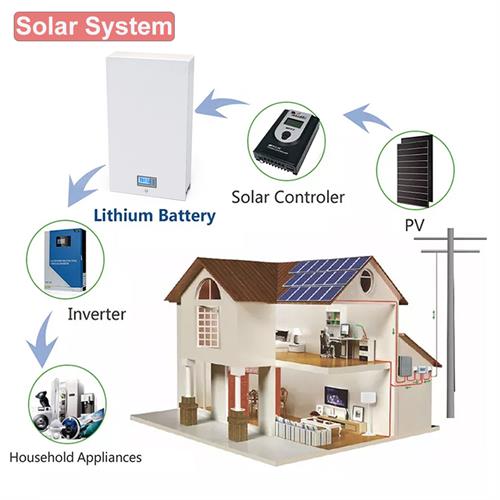A battery inverter is a crucial device that transforms direct current (DC) electricity stored in batteries into alternating current (AC) electricity, which is used to power home appliances and electrical systems. This conversion is essential for integrating battery storage with renewable energy sources like solar panels and wind turbines, ensuring that energy harnessed from natural sources can be utilized effectively in everyday life.
Battery inverters work by taking the DC electricity stored in batteries and converting it into AC electricity through a process called inversion. This process involves several components, including an inverter circuit that regulates voltage and frequency to match the requirements of the electrical system. The inverter also manages the flow of electricity, allowing for the seamless integration of energy from the battery, solar panels, or the grid. When energy is drawn from the battery, the inverter ensures that the output is stable and dependable, making it suitable for household use.
As the world shifts towards sustainable energy sources, the role of battery inverters has become increasingly important. They enable the efficient use of renewable energy by storing excess energy generated during peak production times, such as sunny or windy days. This stored energy can be used later when production is low or when energy demand is high. By optimizing energy usage, battery inverters contribute to reduced reliance on fossil fuels and lower carbon emissions, playing a vital role in combating climate change.
There are different types of battery inverters available, each designed for specific applications. The two most common types are grid-tied and off-grid inverters. Grid-tied inverters connect to the electrical grid and allow for energy exchange between the home and the grid, providing the ability to sell surplus energy back to utility companies. Off-grid inverters, on the other hand, are designed for standalone systems that operate independently of the grid, ideal for remote locations where access to traditional power is limited.

The benefits of incorporating battery inverters into energy systems are manifold. They provide greater energy independence, allowing homeowners to utilize the power they generate while minimizing energy costs. Additionally, battery inverters enhance energy reliability, providing backup power in case of outages and ensuring that critical systems remain operational. Furthermore, they facilitate the use of renewable energy sources, promoting sustainability and contributing to a greener future for generations to come.

In conclusion, battery inverters play a pivotal role in harnessing the power of renewable energy. By transforming stored DC electricity from batteries into usable AC electricity, they enable the widespread adoption of sustainable energy solutions. As technology advances and more individuals and businesses invest in renewable systems, the importance of battery inverters will only continue to grow, helping to create a cleaner, more sustainable world.
Next:The Crucial Role of Photovoltaic Inverters in Solar Energy Systems
Previous:3.3KW SMHC3-7240A charger ship to Italy
Contact Person: Miss. Kiki
| WhatsApp : | +8617763224709 |
|---|---|
| Skype : | +8617763224709 |
| WeChat : | +8617763224709 |
| Email : | kiki@lifepo4-battery.com |